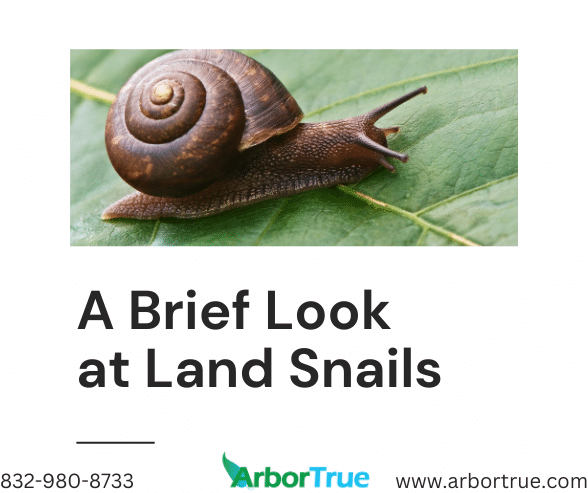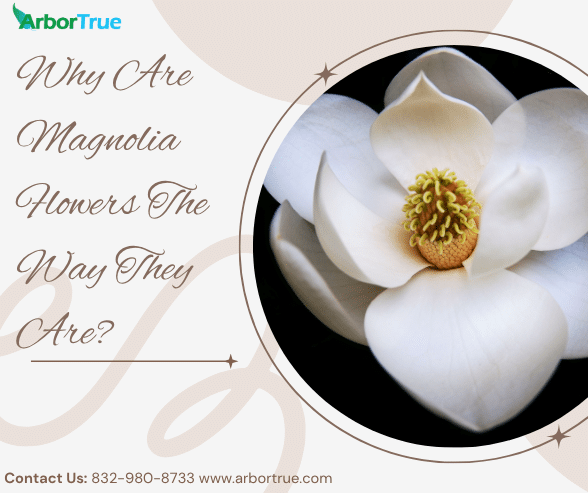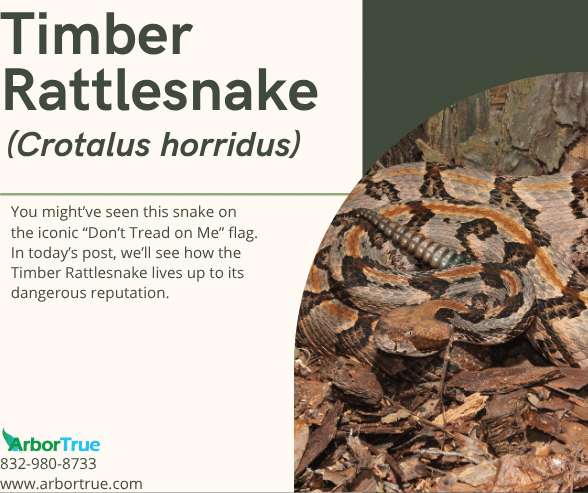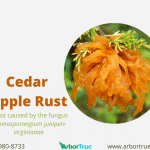
Cedar Apple Rust
August 7, 2024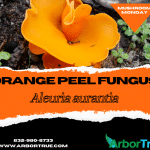
Mushroom Monday: Orange Peel Fungus (Aleuria aurantia)
August 12, 2024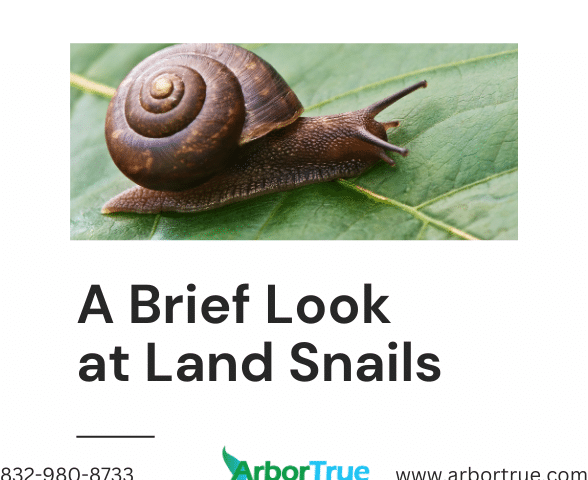
A Brief Look At Land Snails
In today’s post, we are going to take a brief look at land snails. For the purpose of this post, we are referring to an invertebrate creature, with a shell, that lives on land, and breathes air. We’ll refer to them as land snails or just as snails in this post. Land snails are complex creatures and there are many facets to them. In this post, we’ll only take a brief look at them, just so you can learn the basics.
Species of Snails
There are thousands of species of snails (both land and sea, shell and no shell). There are hundreds of species alone in North America.
Snails that breathe air are in a subclass called Pulmonata, which is in the class called Gastropoda. Snails are in the phylum called Mollusca. They are related to things like mussels and clams.
The scientific name for land snails (in this case, including slugs) is Heterobranchia. They are also called Pulmonata, as noted above, although this name is older.
Where do Snails Live?
Land snails live on the soil or just above it. They live in a variety of places, but generally look for places that are wet and dark. Snails are generally nocturnal and go out when there is sufficient humidity. They can also be active during the day after rains.
Snails can be found in tropical areas and also colder places. In colder places, they hibernate. They can be found around the world and in a variety of environments. In fact, they are on all continents with the exception of Antarctica.
Although snails generally live near the soil, some snails live in trees. These types of snails can have bright colors. Snails that live on the soil generally have dull colors, which acts as camouflage.
Although snails require moisture, some snail species have adapted to live in dry places. They hide underground and close their shells during dry periods. They also can enter a state of estivation (described below) until conditions are wetter. Once wetter conditions arrive, they can be very active to take advantage of them.
Snails don’t generally travel far distances on their own, but can be moved by flooding and other things in the environment. They can also be transported by people and animals.
What do Snails Eat?
Snails eat parts of plants that are decaying, as well as algae, fungi, and living plants. They also eat things such as sap and droppings from animals. Snails can also consume limestone to get calcium, which is needed for their shells. Some snails are actually carnivorous. Those snails eat nematodes, earthworms, and even snails.
What Eats Snails?
Many things eat snails including frogs, birds, ants, and even people. Many snails don’t survive for a year. Others can live for 2 or 3. Snails in captivity can potentially live 10 to 15 years.
Snail Anatomy
Snails have soft bodies and don’t have bones. Their body consists of three sections. They have a head, a foot, and something called a visceral mass. The visceral mass is the collection of the snail’s organs. The organs are covered by something called a mantle. It is like a skin and it is where the calcium carbonate for the snail’s shell is secreted from.
A snail’s head consists of their mouth, their brain, and generally four tentacles (two sets). They generally have a longer set and a short set of tentacles. The longer set is higher and has the snail’s eyes on the ends. Snails don’t have good vision and generally can only tell the difference between light and dark. The lower set of tentacles helps snails sense vibrations and snails use them to smell and taste. Snails don’t have ears so the lower tentacles help them to sense the world around them.
A snail’s tongue is referred to as a radula. It is coarse and has teeth, and this helps the snail to scrape up food. It is worn down by use but grows during the snail’s life.
Snails have a single lung. It is compressed and expanded using the mantle. They have an opening on the side of their bodies called a pneumostome that they breathe from.
Snails excrete slime. The slime protects them from germs and dirt, helps them move, and keeps them from drying out.
Snail Shells
Snails are gastropods. They can go inside their shells as a means of protection. Slugs are snails without shells. Slugs sometimes have a shell, but it is a small fragment and can sometimes be internal.
Snail species can be distinguished by the size of their shells, how many whorls their shells have, and the thickness of their shells.
Although you can identify a species of snail by its shell, you can’t tell how big a snail is (or was) from the size of its shell. Some snails have shells that can contain their entire bodies and others don’t.
Generally, snail shells are hairless, but in some species there are hairs. These hairs can be more prevalent on the shells of juveniles and may help the snails stay attached to leaves that are wet.
Snail shells have the following layers: the hypostracum, the ostracum, and the periostracum. The hypostracum is the layer closest to the snail’s body and is membranous. The ostracum is the layer in the middle and it is made of mostly calcium carbonate. The outer layer is the periostracum. It is like a skin on the shell. It is what gives the shell its color.
Snail shells grow from the opening (called an aperture) and snails need a relatively large amount of calcium to grow their shells properly.
When a snail starts growing its shell, the shell goes through something called torsion that causes it to spiral. Snail shells can spiral to the left or the right depending on the species, although they usually spiral to the right.
If you look at a shell with the spiral facing you, if it goes clockwise from the center, that is right. If it goes counterclockwise, that is left.
Snails are attached to the shells on their backs. They can go in them and out of them depending on the situation. Snails that live in the water can close themselves in their shells with a lid. A land snail can use its foot or mucus to seal itself in its shell if it needs to. Snails can go into their shells to protect themselves from predators, because of the weather, or to rest.
Snails can vary in size. Generally they will have shells that are one eighth to one and a half inches in length.
Snail Reproduction
Snails are hermaphrodites, which means they are both female and male. When snails mate, they can impregnate each other and both can lay eggs. Eggs can be laid one at a time or in groups. They are laid in places where they can be protected, like under leaves or in the soil. It takes between fourteen and twenty eight days for the snail eggs to hatch. It takes a few months before the young snails develop adult colors in their shells. Snails take between twenty four and thirty six months to be fully grown and to be able to reproduce.
Apart from reproduction, snails generally aren’t social.
How Snails Move
Snails have a foot at the back of their body. They use it to move. A snail can go forwards, but is incapable of going backwards. When snails move, they secrete mucus to help them go along. It can help them slide along, protect them from surfaces, and also help them to stay attached to surfaces.
Snails are slow, but relatively strong for their size. They generally can have a speed of around three inches/minute. Part of the reason for this is their heavy shell. They can carry much more than they weigh.
What is Estivation?
Snails can enter a state called estivation. It is like hibernation, but not as strong. They can do this if conditions are dry as a way to protect themselves. Some species also hibernate during winter. They may also rest at various times. Under these conditions, they can close the opening to their shells with mucus. It’s dried and forms a layer that seals their shell. This mucus layer (epiphragm) can also help them to keep their shells attached to surfaces.
If you liked learning about snails check out our other posts on our TrueTreeTalk blog. Follow us on Facebook to keep up with these and other posts.
* * *
ArborTrue is a science-based tree-service company in the greater Houston area. We provide a range of services including tree trimming, tree pruning, tree removal, tree planting, arborist consultations, and more. Call us today at 832-980-8733 or reach out to us online to schedule an appointment.

